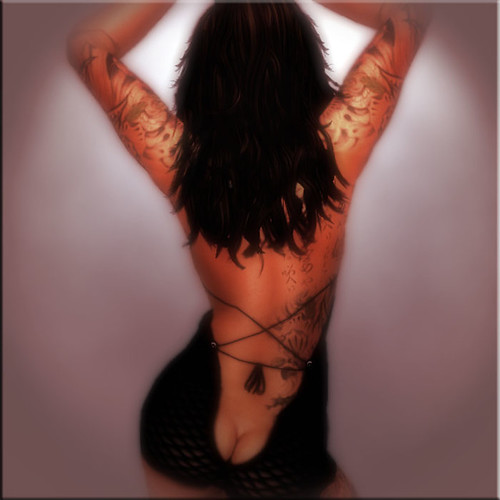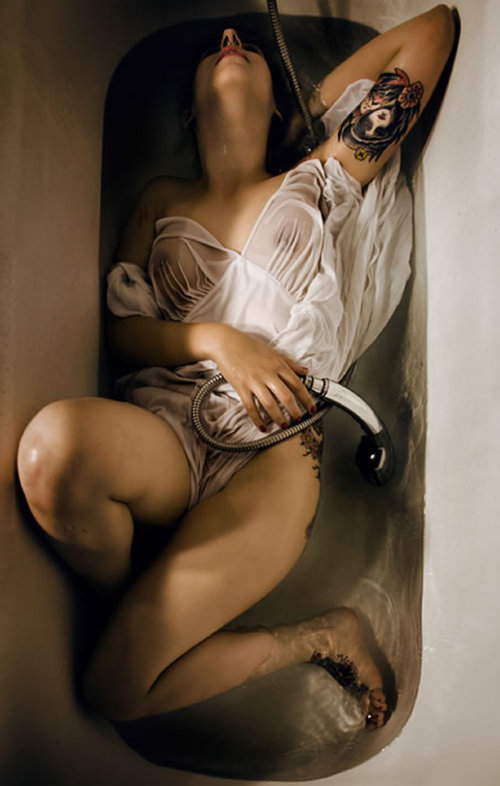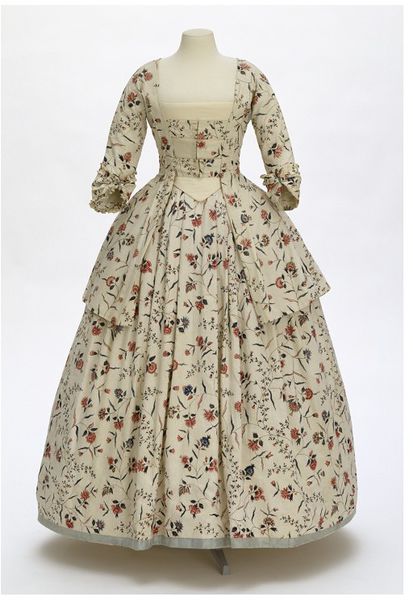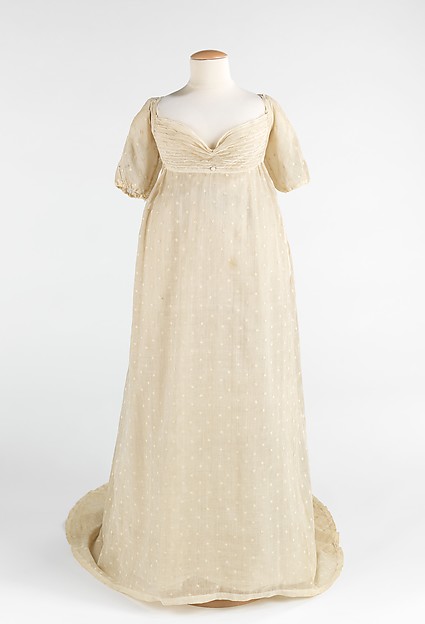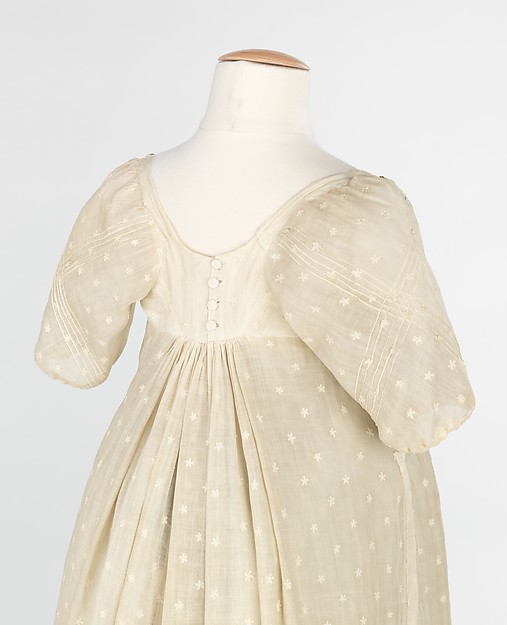Lauren took the Great Gatsby in 1920s as his inspiration for Ralph Lauren’s Ready To Wear Spring/Summer 2012 New York Fashion Week. Beautiful, elegant and glamorous dresses from satin to chiffon represented in pastel hues, from ivory, blue, yellow, white and green to metallic but soft gives the feminine touch in floral prints from skirts to scarves. Hats, the open toe pumps and the other accessories make the collection more luxurious. And you can feel the spring from Ralph Lauren Spring/Summer 2012 Collection. It’s a lovely fashion show. Fresh and stunning. I love it.
Friday, September 30, 2011
Sunday, September 25, 2011
Rare Jasgur Photos, Negatives & Copyrights Coming to Auction
A bankruptcy judge in Florida ruled earlier this week that photos taken in 1946 of Norma Jeane Dougherty will be sold at auction to settle the debts of the photographer.Joseph Jasgur's photos, negatives and image copyrights will be sold in December by Julien's Auctions. The collection also includes several model-release forms Miss Dougherty signed for Mr Jasgur in Hollywood.
Read more here.





 Source: Daily Mail Reporter
Source: Daily Mail Reporter
Read more here.





 Source: Daily Mail Reporter
Source: Daily Mail Reporter
Sunday, September 18, 2011
Monday, September 12, 2011
Friday, September 9, 2011
1770s robe à l'Anglaise à la Polonaise reproduction
I am enamored with this 1770s robe à l'Anglaise à la Polonaise reproduction by The Aristocat. View more pictures and her description of it's construction here.
 |
Tuesday, September 6, 2011
Monday, September 5, 2011
Sunday, September 4, 2011
Caraco and petticoat ca. 1770-1780
"This young woman's jacket (called a caraco in the 18th century) and matching petticoat are made of painted and dyed cotton fabric (chintz) produced in south-east India's Coromandel Coast for export to Europe in about 1770. The design is entirely hand-drawn, not printed. The red and blue colour scheme is achieved using the complex processes of resist-dyeing (for the blue) and mordant-dyeing (for the red), which also involve repeated stages of bleaching and rinsing. This fabric would have been brought to England by the East India Company as part of the immense trade in Indian textiles that was taking place. It was evidently made up into this stylish ensemble in about the 1770s.The caraco is ingeniously constructed. One T-shaped piece of cloth forms the back and the sleeves, which fold over the arm, forming a raglan sleeve in the front. The back is shaped using tucks rather than the more usual pleats or seams."Source: VAM
Saturday, September 3, 2011
Dita Von Teese
Dita Von Teese signing copies of her book “Dita Stripteese” at the Viva Las Vegas Rockabilly weekend wearing vintage a blue and white print Vivienne Westwood dress.
Subscribe to:
Posts (Atom)







